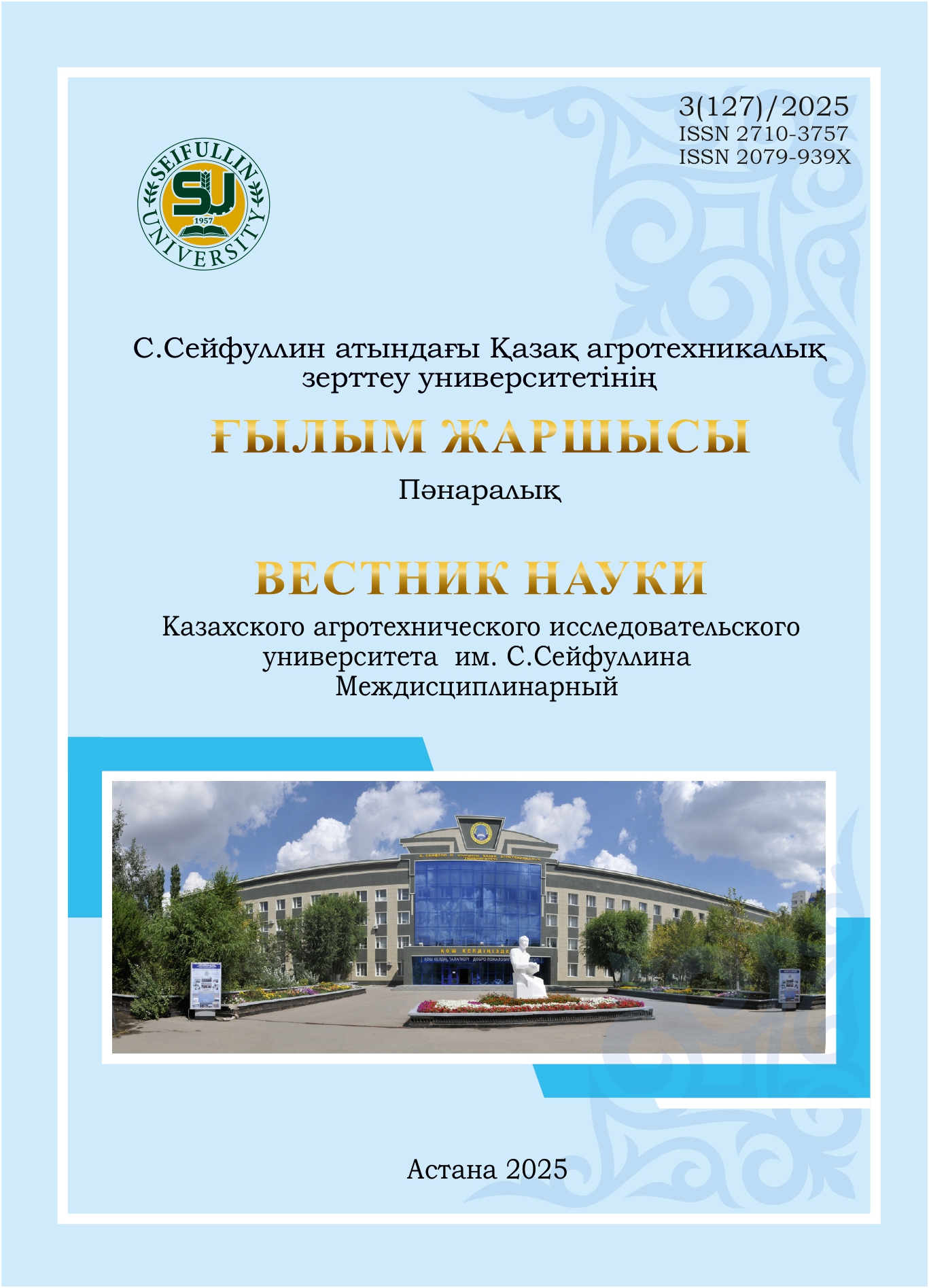Optimization of the protocol for PCR diagnosis of Potato tuber spindle viroid (Potato spindle tuber viroid, PSTVd)
DOI:
https://doi.org/10.51452/kazatu.2025.3(127).2009Keywords:
potato tuber spindle viroid; diagnosis; quarantine object; reverse transcriptase polymerase chain reaction; primer; sequencing.Abstract
Background and Aim. Potato tuber spindle viroid (hereinafter - PSTVd, viroid) is a dangerous quarantine pathogen capable of causing significant economic losses in agriculture. An urgent task is the development of a molecular diagnostic method for PSTVd to ensure its early detection. The aim of this study was to optimize the reverse transcriptase polymerase chain reaction (RT-PCR) method using specific primers for the diagnosis of PSTVd.
Materials and Methods. For the diagnosis of PSTVd, primers PSTVd-for-XbaI, PSTVd-rev-BamHI, PS88M, PS89P, PS7P, PS7M, Vir1, and Vir2, which are specific to viroid, were selected. This article provides a brief description of RT-PCR diagnostics of both domestic and foreign samples of PSTVd. The temperature gradient of primer annealing was also studied to optimize the reaction.
Results. The application of the proposed RT-PCR scheme using selected primers demonstrated high efficiency in diagnosing of PSTVd in plant material.
Conclusion. The optimized RT-PCR protocols using specific primers can be successfully applied for early diagnosis of PSTVd in plant material. The results of the study are important for phytosanitary monitoring and quality control of seed potatoes in the Republic of Kazakhstan.

